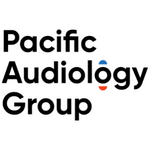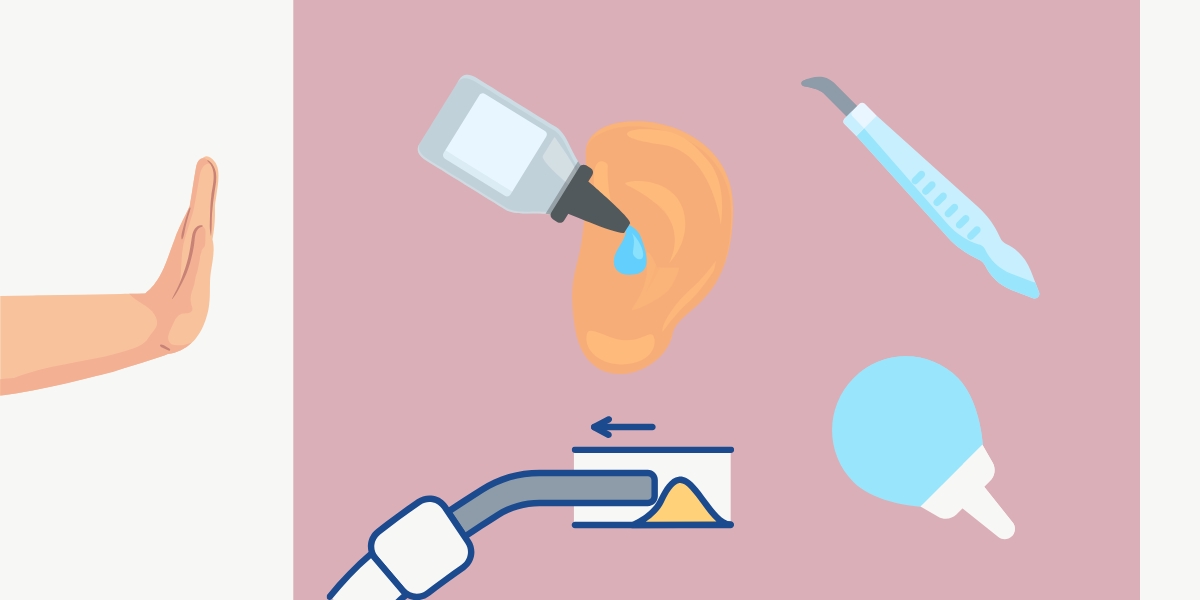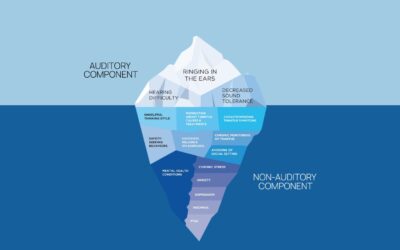Cerumen removal is not necessary unless it is symptomatic or interferes with a professional assessment. Depending on the method selected, there may be contraindications that should be considered before proceeding with treatment. If the method is contraindicated, you may have to select an alternative method or refer the individual. At times, modifications to a particular method of removal may allow it to proceed. It is always important to stay within your scope of practice and within your expertise for the various methods of removal.
General Contraindications
Regardless of the method being considered for the removal of cerumen impactions, the following are general contraindications that preclude treatment and require referral:
- Dermatological diseases of the ear canal
- Recurrent otitis externa
- Keratosis Obturans
- Prior radiation therapy affecting the ear
- Previous tympanoplasty/myringoplasty
- Canal wall down mastoidectomy
Contraindications by Method
Cerumenolytics
- Non-intact tympanic membrane: Perforations of the tympanic membrane provide a pathway for the cerumenolytic to enter the middle ear space which can result in complications that put the individual at risk.
- Active dermatitis or infection of the external auditor canal: Individuals who present with an active infection should be referred for medical intervention before any attempt at treatment is undertaken.
- Allergy to any of the ingredients of cerumenolytics: Careful review of the ingredients with the individual should be conducted to ensure that they can tolerate the various substances that make up cerumenolytic.
Irrigation
- Non-intact tympanic membrane: Perforations of the tympanic membrane provide a pathway for the water to enter the middle ear space which can result in complications that put the individual at risk.
- History of Tympanosclerosis: Individuals with tympanosclerosis can exhibit increased sensitivity, making the increased pressure caused by the flow of water uncomfortable or painful. The tensile strength of the tympanic membrane changes, making the individual more susceptible to perforation.
- Aversion to the technique: Individuals may have an aversion to undergoing irrigation from a previous experience. Informed consent should always be given by the individual before the treatment is undertaken.
- Active dermatitis or infection of the external auditor canal: Individuals who present with an active infection should be referred for medical intervention before any attempt at treatment is undertaken.
- History of diabetes mellitus or immunocompromised conditions: These individuals are at increased risk for infections that can result from the ear not being properly dried, allowing infectious agents to gain a foothold.
- History of ear surgery: History of surgical interventions of the external auditory canal rules out irrigation as an appropriate method of treatment, due to the increased risk of injury and/or infection.
Microsuction
- Aversion to the technique: Past difficulty with the procedure may result in the individual refusing to give consent.
- History of severe dizziness: The action of suctioning may elicit a response from the vestibular system.
- Unable to keep head still: Individuals, such as children, may not be able or are unwilling to keep their heads still, increasing the risk for an abrasion of the canal wall or puncture of the tympanic membrane.
- Severe hyperacusis/tinnitus: Due to the turbulence created by the suctioning, high noise levels are possible, which may result in exacerbation of an individual’s tinnitus. Children often will not tolerate the level of noise making suctioning a poor choice for treatment.
- Hard cerumen: Hard cerumen often adheres to the canal walls. Attempting to remove the cerumen without first softening with a cerumenolytic can result in tears of the tissue lining the walls of the ear canal.
Manual Removal
Curettage
- Aversion to the technique: Past difficulty with the procedure may result in the individual refusing to give consent.
- Active dermatitis or infection of the external auditory canal: Individuals who present with an active infection should be referred for medical intervention before any attempt at treatment is undertaken.
- Unable to keep head still: Individuals, such as children, may not be able or are unwilling to keep their heads still, increasing the risk for an abrasion of the canal wall or puncture of the tympanic membrane.
EarWay Pro**
The manufacturer lists the following conditions as contraindications
- History of ear surgeries or cochlear implants
- Active PE tubes in place
- History of radiation to the head or neck region
- Anomalies of the ear
- Malignant ear or temporal bone issues
**Practitioners using this product should refer to the manufacturer’s guidelines for additional information. **
If you find this content useful and want to become an expert in cerumen management, visit our Comprehensive Cerumen Management training program page for more information.
If you found this blog helpful, please share it on social media!
References:
ACTA OTORHINOLARYNGOLOGICA ITALICA 2009;29(SuPPL. 1):1-20 Earwax, clinical practice Il tappo di cerume: pratica clinica F. Beatrice, S. Bucolo, r. cavallo1 eNt Department, San Giovanni Bosco Hospital, aSl to2, turin; 1 Prevention Department S.Pre.S.a.l., aSl to5, chieri (to), Italy
Clinical Practice Guideline (Update): Earwax (Cerumen Impaction) Otolaryngology Head and Neck Surgery 2017, Vol. 156(1S) S1 –S29
Cerumen Management: An Updated Clinical Review and Evidence-Based Approach for Primary Care Physicians Garret A. Horton1, Matthew T. W. Simpson1, Michael M. Beyea2, and Jason A. Beyea1 Journal of Primary Care & Community Health Volume 11: 1 –5
Microsuction Guidelines Copyright © 2017 The Rotherham NHS Foundation Trust




